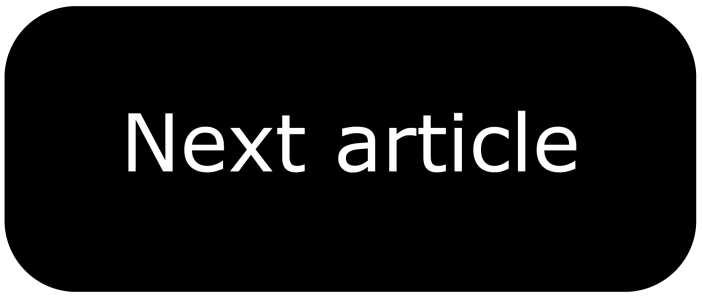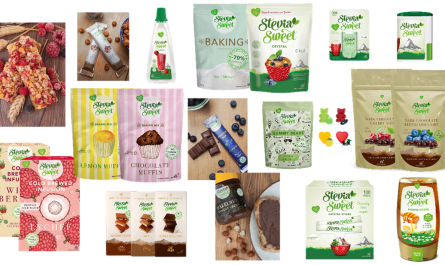Marketing is crucial for hotels, particularly in mountainous or remote areas where many establishments do not have the resources to employ staff specifically dedicated to marketing. In an increasingly globalized world, the visibility offered by marketing is vital to the survival of small hotels. Without marketing efforts, even the most charming hotels risk being ignored by potential travelers. Marketing helps to highlight the uniqueness of each establishment, whether through special offers, an exceptional customer experience or the promotion of local culture and the environment. It also helps to retain existing customers and encourage them to recommend the hotel to others. By remaining flexible and adapting to market changes, small hotels can leverage marketing to thrive in an ever-changing tourism landscape.
Strong competition
Hotels face a diverse range of competition, including other hotels of a similar category, alternative accommodation such as Airbnb and holiday rentals, and online booking platforms such as Booking.com and Expedia. In addition, car rental services, airlines and travel agencies may compete indirectly as part of the overall customer journey. Hotels must also compete with other forms of leisure and entertainment, such as restaurants, tourist attractions and theme parks. To stand out from the crowd, hotels need to develop marketing strategies and offer unique and engaging experiences to attract and retain customers in a competitive market.
Even with limited resources allocated to marketing, there are opportunities to be seized. This is why I’m launching an advice campaign focusing on best practices and mistakes to avoid in marketing.
Newsletter for small hotel businesses
This first article is about mailing. In order to stay in constant contact with their customers, companies regularly send out newsletters. This allows companies to remind their customers that they exist. We often hear that newsletters lose their effectiveness because people no longer take the time to read them… So what? In the best-case scenario, the customer is interested in the content of the newsletter and in the worst-case scenario, the recipient deletes the email without even reading it, but the brand name and even the logo will be displayed, serving as a reminder of the brand’s existence.
Here are a few tips to follow from the literature cited below for a better Newsletter:
Do’s:
- Make it relevant and offer valuable content such as tips, industry insights, or exclusive offers that resonate with your subscribers.
- Include Clear Call-to-Actions (CTAs). Encourage your readers to take action by including buttons that direct them to your website, products, or promotions.
Don’ts:
- Don’t send newsletters that are too long. Avoid overcrowding your newsletters with too much information or text. Keep them concise and focused to maintain reader interest.
- Don’t annoy your customer. Bombarding your subscribers with too many promotional messages or irrelevant content only makes customers unsubscribe.
When should I send newsletters:
The best time to send emails depends on various factors, including the type of content and the target audience. In general, it is recommended to send emails during the week in the middle of the morning. The weekend is less suitable, but this can change depending on the type of content. For campaigns to a broad audience, Tuesday or Thursday mornings are best.
To better illustrate my point, I’ve put together a short video explaining how to create a newsletter using the mailchimp platform.
Click on the picture to watch the video on youtube.com.
- Kilian, T., Langner, S., Kilian, T., & Langner, S. (2010). E-Mail-und Newsletter-Marketing: Elektronische Werbebriefe und Kundenzeitschriften. Online-Kommunikation: Kunden Zielsicher Verführen Und Beeinflussen, 79–90.
I also received support from the Beausite Park Hotel Wengen AG and used the platform mailchimp.com.





Excited for this campaign! Marketing is key for small hotels in competitive markets. Can’t wait to learn more!:)